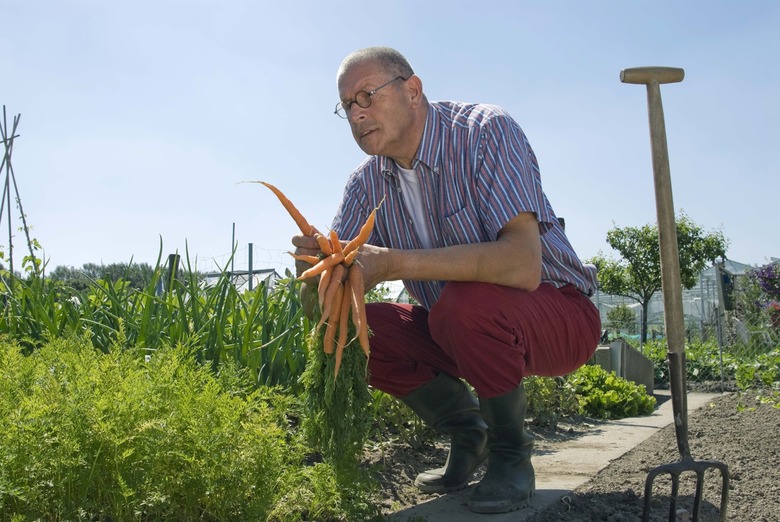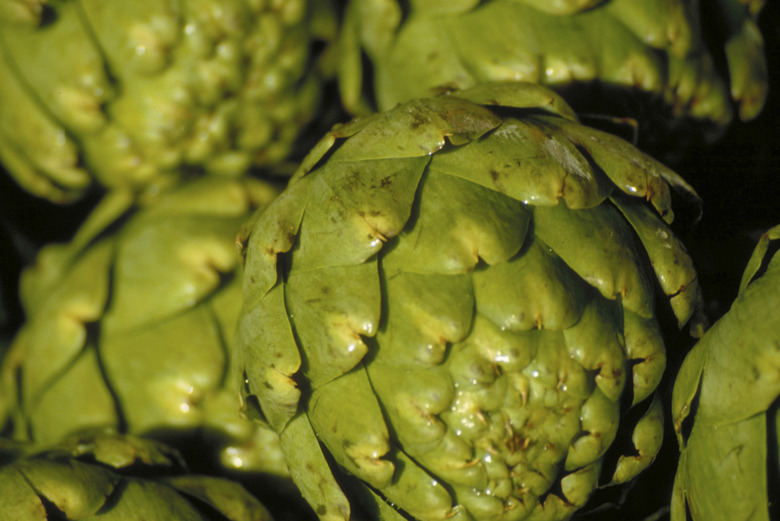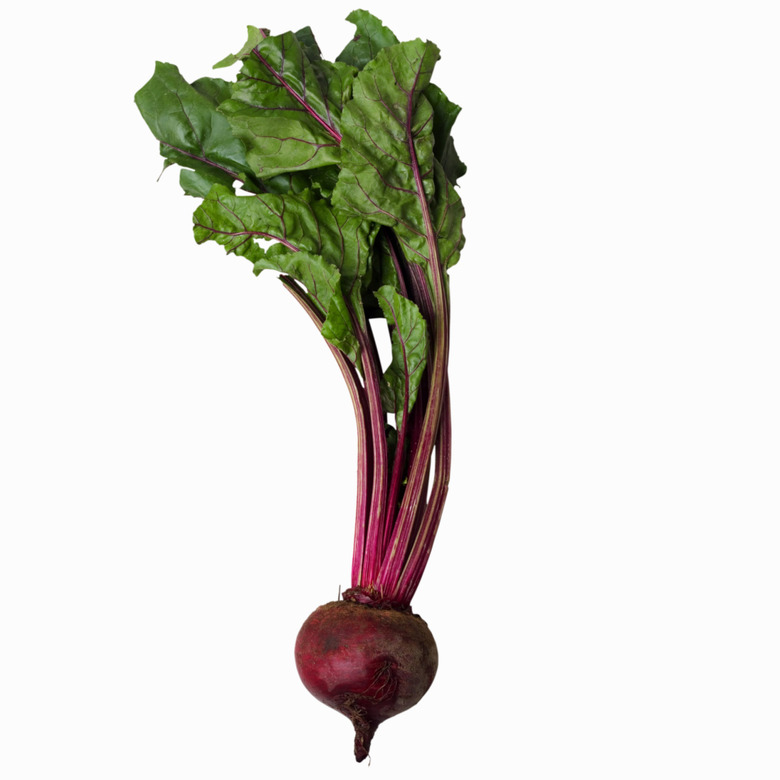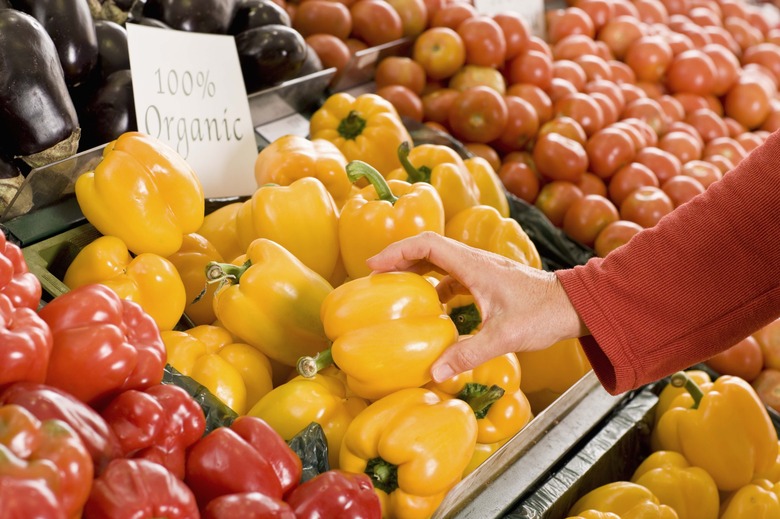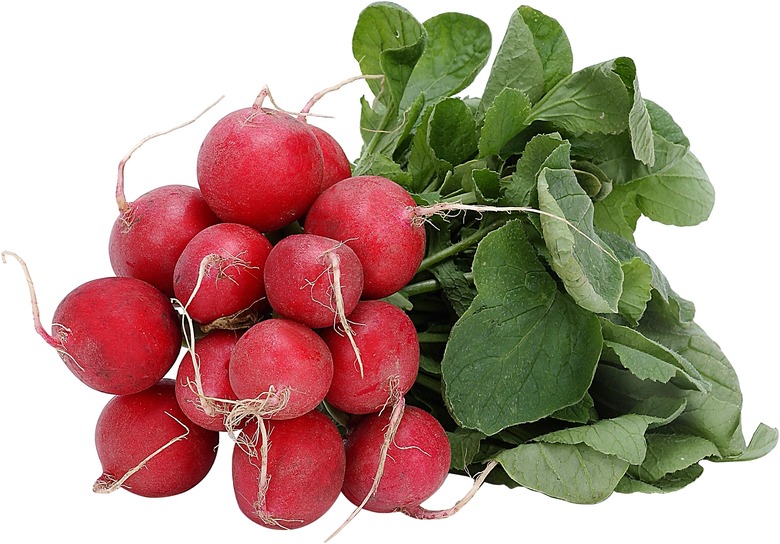Vegetables To Grow In Phoenix, Arizona In The Winter
Growing vegetables in the winter months of Arizona is simple because of the extended growing season. Temperatures in Phoenix are generally warm in the winter, rarely dipping below 20 degrees at night and maintaining daytime temperatures that range between 60 and 80 degrees on average. According to the Go Arizona website, the average high in the month of December is 66 degrees and the average low is 41 degrees. Many plants grow well in the winter, but some plants may need to be covered when the weather becomes too cold. Thinning or pruning is usually not necessary as these vegetables grow.
Artichokes
Artichokes can grow in different types of soil, but if you plan to grow artichokes in Phoenix, you will have best results if you start the plants indoors or in a greenhouse in late November. Start artichokes from seeds in large pots or wooden plant beds that are at least four inches deep. Find these materials at your local plant nursery. Add potting mix and lightly water every two days. Continue growing the plants in pots for eight to 10 weeks–your artichokes will be four to eight inches tall.
Artichokes need fertile soil to survive, so prepare the ground soil with fertilizer and compost before transplanting.The University of Arizona Cooperative Extension says to transplant artichokes by late winter. Optimal transplant dates are from mid-January to mid-March. Space each plant four or more feet apart.
Water your crop every day once they are in the ground because artichokes thrive on water. January temperatures are consistently above 50 degrees or warmer. However, if there are still cold days that dip below 30 degrees, cover your artichokes with a tarp. Once the plant is in the ground, full sun is needed for maturation.
Harvest your artichokes by cutting the heads off when the buds are green, thick and large, but still closed fairly tight. If you wait too long, the buds will turn purple, and a flower will bloom. Not all the plants will be ready to harvest at the same time because each plant matures at a different rate. Harvest time typically occurs in early to late spring depending on when you initially transplanted the plants. If growers notice temperatures are colder than usual in January, they might wait until February to transplant their artichokes.
Beets
Beets are another hearty vegetable that grows well during the winter months in Phoenix. Rather than transplanting from pots, start beets directly in the ground. Prepare the soil ahead of time by using a fork tiller to loosen the soil up to 15 inches deep and then blend a four-inch layer of compost into the soil. Beets tolerate colder temperatures so begin planting at the first of January.
Plant each seed one inch apart and three inches deep. These vegetables need full sun to flourish so only cover with a tarp at night and if temperatures drop below 30 degrees during the day. Beets grow well in moist soil, so water daily. These vegetables are typically ready to harvest two to three months after they are planted in the ground.
Beets are a hearty vegetable, rich in vitamins and minerals such as calcium and vitamins A and E.
Bell Peppers
Green, yellow and red bell peppers all grow well during the winter months in Phoenix. Bell peppers enjoy well-drained nutrient rich soil. Prepare the soil by tilling the ground 10 inches deep. Mix a five-inch layer of compost with the soil before planting. Bell peppers grow fast, and they do not need to be transplanted like other winter vegetables. In Phoenix, plant bell peppers from seeds in late winter, towards the end of January or middle of February.
Plant the seeds four inches deep and two inches apart in the soil and water daily. Keep your crops covered with a tarp at night and if temperatures drop below 50 degrees during the day. Bell peppers typically take two to three months to mature. Harvest the peppers by early to mid spring.
Bell peppers are high in vitamin C, A and various minerals.
Radishes
Radishes are excellent winter vegetables because they grow well in Phoenix. However, the soil does need to be prepared in advance. Prepare your garden bed with a tiller and loosen the soil up to 15 inches deep and blend a two- to four-inch layer of compost into the soil. Plant radishes from seeds in late January or early February when temperatures are consistently around 60 degrees during the warmest part of the day.
Plant the seeds three inches deep and one inch apart. Cover your crops with a tarp at night or when temperatures drop below 40 degrees. Radishes grow quickly, and they are ready to harvest 20 to 45 days after planting.
